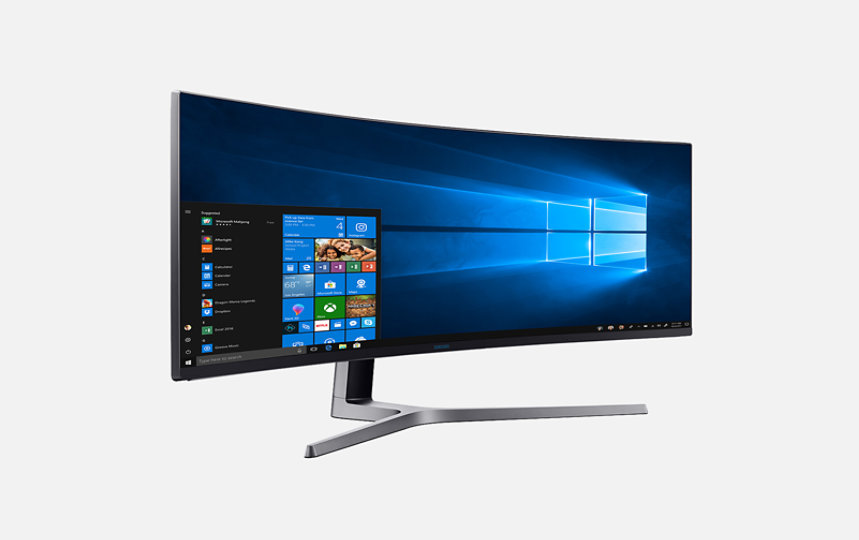CSGO Flares: Your Ultimate Esports Hub
Explore the latest news, tips, and insights from the world of CS:GO.
Why Your Gaming Monitor Might Be More Important Than Your Graphics Card
Discover why your gaming monitor could outshine your graphics card in performance, visuals, and immersion. Don't miss this!
The Hidden Impact of Refresh Rate: Why Your Monitor Matters More Than You Think
The refresh rate of your monitor, measured in hertz (Hz), is often overlooked but plays a crucial role in your overall computing experience. A higher refresh rate means that your screen updates more frequently, resulting in smoother motion and reduced blur during fast-paced activities such as gaming or watching videos. For instance, while a standard monitor might operate at 60Hz, models with refresh rates of 120Hz or even 240Hz can significantly enhance the clarity of moving images. Understanding the hidden impact of refresh rate can help you make informed choices when selecting a monitor that meets your needs.
Moreover, refresh rate also affects how comfortably you can use your computer for extended periods. Studies suggest that higher refresh rates can reduce eye strain and fatigue, as they provide a more fluid visual experience. This is particularly important for tasks that require prolonged focus, such as graphic design or video editing. By investing in a monitor with an appropriate refresh rate, you not only improve your performance in demanding activities but also promote better eye health and comfort in your daily computer use. Remember, the right monitor is not just about resolution; it's about the refresh rate, too!

Frame Rates and Response Times: The Crucial Role of Gaming Monitors
Frame rates and response times are critical specifications for gaming monitors that can significantly affect your overall gaming experience. High frame rates, measured in frames per second (FPS), ensure that the game runs smoothly, providing players with a visually fluid experience. A monitor capable of 144Hz or higher can display up to 144 frames per second, making it ideal for fast-paced games where every millisecond counts. Moreover, a higher frame rate often translates to reduced motion blur, which is essential for players aiming for sharp visuals during intense gameplay.
On the other hand, response time, measured in milliseconds (ms), reflects how quickly a pixel can change from one color to another. Lower response times, typically around 1ms for high-end gaming monitors, reduce the chances of ghosting, where previous images linger on the screen during rapid movements. This combination of high frame rates and low response times creates a seamless gaming experience, as it minimizes lag and maximizes clarity. Therefore, when selecting a gaming monitor, consider these two factors to elevate your gaming performance to the next level.
Is Your Graphics Card Holding You Back? The Case for Upgrading Your Monitor First
When it comes to gaming or graphic-intensive tasks, many users immediately point to their graphics card as the bottleneck affecting performance. However, the reality is that upgrading your monitor first can yield significant benefits. A high-resolution monitor with better refresh rates not only enhances your visual experience but also allows you to see the true potential of your existing hardware. For instance, using a high-refresh-rate monitor can create a smoother experience, making graphics card performance feel more responsive even without an upgrade.
Moreover, many gamers and content creators tend to overlook the importance of monitor specifications in the overall performance equation. Features like color accuracy, response time, and adaptive sync technologies ensure that what your graphics card produces is displayed in the best possible manner. If your monitor is outdated or low-quality, you may not be fully enjoying the benefits of your graphics card, leading to an unnecessary upgrade cycle. Prioritizing a monitor upgrade can not only enhance your current setup but also prolong the life of your graphics card by maximizing its output capabilities.